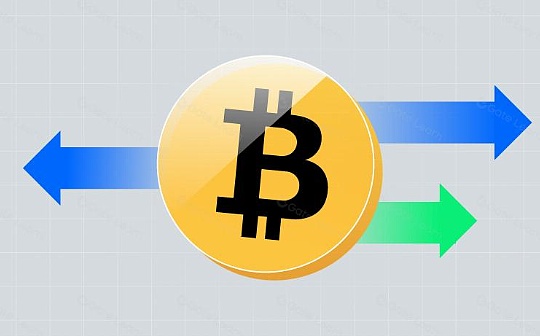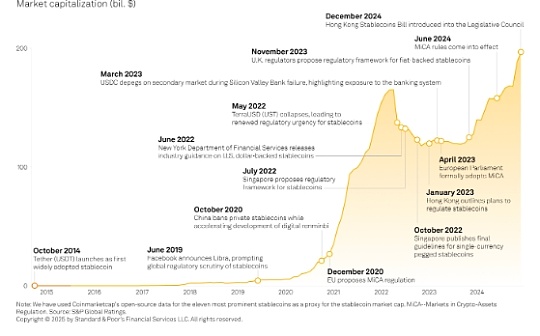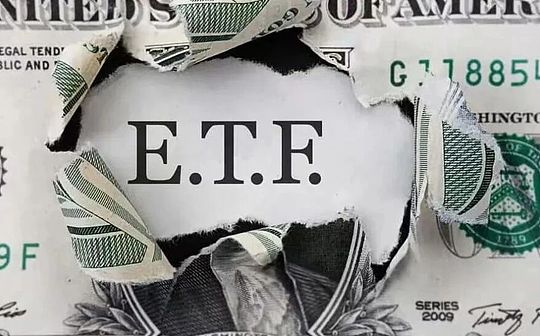
Author: Kiara Taylor, Bitcoin Magazine; Compilation: Wuzhu, Bitcoin Chain Vision
Since its inception in 2009, Bitcoin has undergone several forks, resulting in new cryptocurrencies and variants of the original protocol.As of May 2024, there have been more than 100 Bitcoin forks, with varying degrees of adoption and success.
These forks have sparked heated debate in the cryptocurrency community.Some view them as catalysts for innovation and progress, while others view them as destructive forces that disrupt network stability and core values.
And this dichotomy is exactly what we are going to pay attention to today.We will look at why these forks occur, what they have achieved and what they mean for the future of Bitcoin.
The main forks of Bitcoin and its impact
Despite the lack of cohesion in the nascent Bitcoin community, people have achieved some success in realizing Satoshi’s vision.However, with the birth of Bitcoin XT in 2014, the first rift appeared, which, while divisive, provided valuable lessons for governance.
This cryptocurrency split occurs because developers want to increase the block size from 1 megabyte to 8 megabytes, but others think it’s too much.Therefore, the 2MB block size Bitcoin Classic Edition (now closed) was born, and then Bitcoin Infinity went in the exact opposite direction, with a huge 16MB block.
However, some truly influential forks followed, and the effects of these forks have continued to this day.These include:
Bitcoin Cash (BCH)
Bitcoin Cash (BCH) was created on August 1, 2017 and is the result of a hard fork in Bitcoin.The main motivation for this fork is to solve the scalability problem of Bitcoin, especially the slow transaction time and high fees caused by the Bitcoin 1MB block size limit.
Supporters of Bitcoin Cash, including influential figures such as Roger Ver, believe that increasing the block size will allow more transactions per block, reducing fees and speeding up transaction time.
Once Bitcoin Cash was created, it quickly attracted attention and was adopted by many exchanges and merchants.Its value also saw an initial surge, reaching a considerable market value.
Over time, Bitcoin Cash has evolved, continuously developed and updated to improve its functionality and scalability.It has a loyal community of supporters who believe in its potential as a peer-to-peer electronic cash system.
However, it faces competition from other cryptocurrencies that are also designed to provide low fees and fast trading hours.Today, the debate over scalability and transaction fees continues to influence the direction and development of Bitcoin cash.
Bitcoin SV (BSV)
Bitcoin SV (Samoto Vision) appeared on November 15, 2018 after it had a fierce disagreement with Bitcoin Cash.
The fork was driven by disagreements within the Bitcoin cash community, especially in further increasing block size and development direction.The project was led by Craig Wright and Calvin Ayre, who aim to restore what they think of as Satoshi’s original vision for Bitcoin.
Bitcoin SV significantly increases the block size limit, initially at 128MB and then at 2GB, allowing for greater transaction volume.BSV supporters believe that this large block size is necessary for the network to support enterprise-level applications and large transaction volumes.
Similarly, a significant increase in block size has also raised concerns about centralization, as running full nodes becomes more resource-intensive.
Bitcoin SV remains a controversial fork in the wider Bitcoin and cryptocurrency community.It focuses on large block size and high transaction throughput, making it unique among major cryptocurrencies.However, it still faces ongoing challenges in gaining wide recognition, and Coinbase eventually abandoned it forever in 2023.
Bitcoin Gold (BTG)
Bitcoin Gold was created on October 24, 2017 to make Bitcoin mining more decentralized.It achieves this by changing the mining algorithm from Bitcoin’s SHA-256 to Equihash, which is more resistant to ASIC mining.
This change is intended to allow more people to use regular GPUs to mine BTG, reduce the dominance of large mining sites, and truly democratize tokens.
Bitcoin Gold uses the Equihash algorithm, which is designed to take up a lot of memory and resist ASIC mining hardware.This disagreement is intended to democratize by making mining more accessible to individuals.
Bitcoin gold was initially popular and adopted by multiple exchanges.However, it faces security challenges, including a major 51% attack in 2018, resulting in a double spending payment worth $70,000.
Today, Bitcoin gold continues to exist as a smaller player in the cryptocurrency market.Although it has been difficult to get the same adoption and market share as Bitcoin Cash and Bitcoin SV, focusing on distributed mining remains its main feature.
The motivation behind Bitcoin forks
There are many reasons for the Bitcoin fork, driven by ideological, technological and economic motivations.
For example, one of the main drivers of Bitcoin forks is the need to address scalability issues.With the popularity of Bitcoin, the network faces challenges in handling more and more transactions, resulting in longer confirmation times and higher fees.
The fork is also initiated to introduce technological improvements or new features into the Bitcoin protocol.These may include changes to consensus mechanisms, enhanced privacy features, or the introduction of smart contract capabilities.
In some cases, personal motivations (such as power struggles, ideological differences, or financial incentives) contribute to the creation of Bitcoin forks.If you follow the historical fluctuations of forks like Bitcoin SV and Bitcoin Cash, you will find that some people regard them as investment vehicles.
For example, Bitcoin Cash, which was separated from Bitcoin in August 2017, soared to about $4,355 in December 2017 shortly after its establishment.However, it later stabilized, trading in the $200 to $500 range for the next few years.
The impact of these major forks on Bitcoin
In addition to the obvious impact, namely, the increased threat to OG BTC, major forks have had both tangible and intangible effects on the entire crypto community.To be honest, none of these forks have become a legitimate solution to the cash flow problem, but their impact remains.
Market fluctuations
Bitcoin forks often lead to increased market volatility.For example, the Bitcoin Cash (BCH) fork in August 2017 caused significant fluctuations in the prices of Bitcoin and newly created Bitcoin Cash.Before the fork, the price of Bitcoin was about $2,800, but fell to $2,700 immediately after the fork.On the other hand, the starting transaction price of Bitcoin Cash is about $555.
Similarly, the price of Bitcoin SV (BSV) separated from Bitcoin Cash in 2018 also fluctuated significantly.In January 2020, BSV peaked at about $441.20, but by June 2024, its price had fallen to about $63.These volatility is often driven by investor speculation and market manipulation, and some see these forks as opportunities to acquire financial gains.
Network scalability and development
The fork has also sparked significant debate and developments about Bitcoin’s scalability.
The initial Bitcoin network had some limitations, such as a block size of 1MB and a block creation time of 10 minutes, which affected its transaction throughput.As mentioned earlier, these restrictions have led to the birth of Bitcoin Cash, which increases the block size to 8MB so that each block can process more transactions.
The fork highlights the need for scalability solutions, prompting various projects and protocols to enhance Bitcoin’s trading capabilities.A prominent example is Lightning Network, a layer 2 solution designed to facilitate faster and cheaper transactions by creating off-chain payment channels.
Security Question
Some forks introduce security vulnerabilities.For example, lower hash rates and interest in Bitcoin SV make it more vulnerable to 51% attacks, and malicious actors can control most of the network’s mining capabilities, thus endangering the security of the network.
Unfortunately, this raises concerns about the long-term feasibility and security of some Bitcoin forks.If an organized malicious actor could seize control so easily, what’s the point of further forking?
in conclusion
As the cryptocurrency market matures and becomes increasingly integrated with traditional financial systems, the impact of Bitcoin forks on the broader economy cannot be underestimated.The success or failure of these forks will not only affect the fate of individual investors and businesses, but may also have an impact on the stability and security of global financial infrastructure.
Ultimately, the future of Bitcoin and its fork will depend on whether communities can find common ground and strive to achieve a shared vision of a decentralized, inclusive and resilient financial system.








